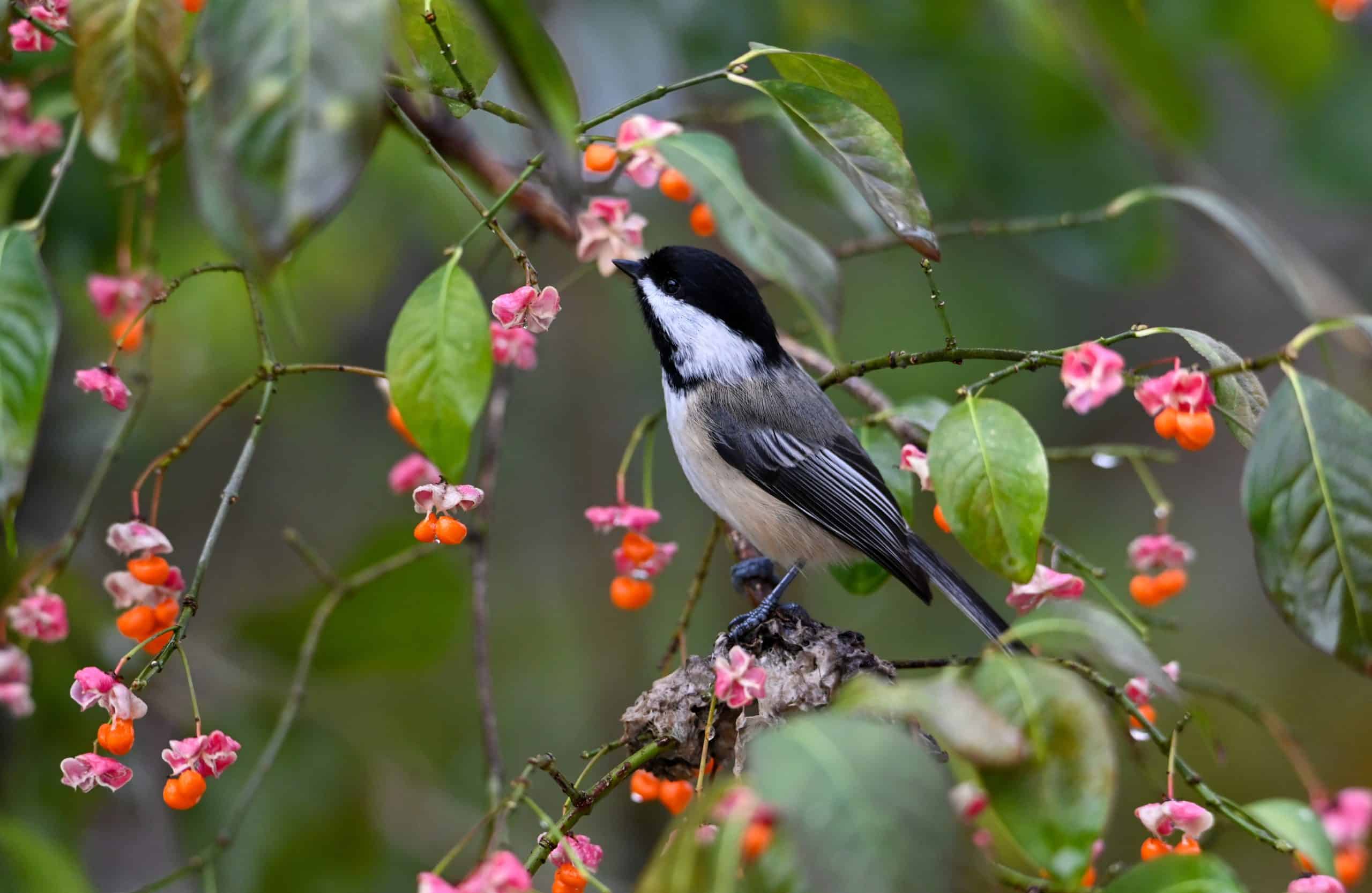The Bengal cat, a breed popular for its striking tiger-striped coat, is a vibrant and active feline that requires more than just a simple scratching post to stay happy and healthy. Their active nature and inquisitive behavior make them a joy to have around the house. However, it also poses unique challenges for owners when it comes to providing a suitable environment indoors. From a robust play schedule to a specially designed catio, let’s explore how you can create a safe yet stimulating environment that will keep your Bengal cat happy indoors.
Understanding Bengal Cat Behavior
Before you can provide an optimal environment for your Bengal cat, it’s crucial to understand their unique behavior traits. This section sheds light on the Bengal cat’s characteristics and why they require a specific kind of environment.
Cela peut vous intéresser : What’s the Best Strategy to Prevent Resource Guarding in a New Puppy?
Bengal cats are known for their playful and curious nature. Unlike most domestic cats, they are incredibly active and energetic, often displaying behavior akin to their wild ancestors. This highly active trait means they need a lot of interaction and stimulation to keep them entertained.
Bengal cats love to jump, climb, explore, and play. They’re also smart and highly trainable, capable of learning tricks and commands, which is unusual for a cat. However, their intelligence also means they can easily get bored, leading to destructive behavior if they don’t get enough stimulation.
A lire également : What’s the Best Approach to Teaching a German Shepherd Puppy Recall Commands?
Creating a Stimulating Indoor Environment
Creating a stimulating indoor environment for your feline friend is not as difficult as it might seem. A few additions and modifications to your home can keep your Bengal cat entertained and happy.
Consider investing in cat trees and climbing shelves. Bengal cats love to climb and explore high places. Providing them with vertical spaces to climb and perch will satisfy their urge to ascend. Also, cat tunnels and interactive toys are excellent for keeping your Bengal cat entertained.
Interactive toys such as puzzle feeders can engage your cat’s mind and provide physical stimulation. Cats love to hunt, and a feeder that dispenses food as a reward for solving a puzzle can stimulate their predatory instincts.
The Importance of Playtime
Just like for humans, playtime is crucial for a Bengal cat’s physical and mental health. Playing involves physical exercise that keeps them healthy, aids in digestion, and helps maintain a healthy weight. Furthermore, it provides mental stimulation.
Engage your Bengal cat in interactive play sessions. Use toys such as feather wands, laser pointers, or balls to stimulate their hunting instincts. Remember, playtime is also an opportunity for you to bond with your cat and strengthen your relationship.
Another form of play for Bengal cats is training. Bengals are intelligent and love to learn new tricks. Teaching them commands and tricks will not only provide them with mental stimulation but also help create a deeper bond between you.
The Role of a Catio
A catio, or a cat patio, is an enclosed outdoor space designed to provide your cat with a safe environment to enjoy the outdoors. Bengal cats, being highly active and curious, will love having a catio where they can indulge their exploratory instincts without risking their health or safety.
A catio can be as simple or elaborate as you wish. It could be a small window box or a large, free-standing structure. Fill it with cat-friendly plants, climbing structures, and toys to make it entertaining for your cat.
A catio provides your Bengal cat with outdoor stimuli like wind, sun, bird-watching, and bug-hunting, which are vital for their wellbeing. It brings the best of both worlds, allowing them to enjoy the outdoors while keeping them safe from risks such as traffic, predators, and disease.
Maintaining a Healthy Indoor Environment
While creating a stimulating environment for your Bengal cat, don’t forget the importance of maintaining a healthy indoor environment. This includes regular vet check-ups, a nutritious diet, and grooming.
Regular vet visits will ensure your Bengal cat stays in good health. They can receive necessary vaccinations, get deworming treatment, and be screened for common diseases. A balanced diet is crucial for their overall health and vitality. Include high-quality protein sources, fats, and minimal carbohydrates in their meals.
Regular grooming is also essential for your Bengal cat’s health. Regular brushing helps remove loose hairs and prevent matting. It also gives you a chance to check for any skin issues or parasites.
In conclusion, creating a safe and stimulating indoor environment for a Bengal Tiger Cat involves understanding their unique behavior, providing ample physical and mental stimulation, and maintaining a healthy routine. Remember, a happy Bengal cat is an active Bengal cat. With the right environment and care, your Bengal cat will thrive indoors.
Bringing the Outdoors In
Just as you might invite houseplants into your home to improve the indoor air quality and infuse a bit of nature into your living space, you can mimic the great outdoors for your indoor Bengal cat. This can be achieved by incorporating natural elements that would be found in the wild into your cat’s indoor environment.
Firstly, consider bringing in cat-friendly plants. Cats love to chew on grass, and providing safe plants for them to nibble on can be a source of joy and entertainment. Cat grass, catnip, and spider plants are all safe options that you could consider. Not only do they provide a taste of the outdoors, but they also help improve indoor air quality.
Next, provide a variety of scratching posts. In the wild, big cats like tigers and leopards scratch trees to sharpen their claws and mark their territory. Indoor cats also have this instinct, so having several scratching posts around the house will help satisfy this instinct. Choose posts made of different materials such as carpet, sisal, and cardboard to offer variety.
Finally, consider introducing water elements. Bengal cats, unlike most cat breeds, generally love water. A running water fountain designed for pets can be a great source of entertainment and hydration for your Bengal cat. It is also a healthier alternative to a stagnant water bowl.
Litter Box Considerations
A crucial part of maintaining a healthy indoor environment for your Bengal cat will be the management of their litter box. Even the most playful and active indoor cats need a clean, comfortable place to do their business.
Bengal cats are known to be picky about their litter boxes. They typically prefer large, open boxes as they like to have plenty of space. Regularly cleaning the litter box is essential to keep Bengal cats happy.
Consider using unscented, dust-free clumping litter for the litter box. Bengal cats, like many cat breeds, are sensitive to strong smells, so unscented litter is usually the best choice. Dust-free litter will help to prevent any respiratory health issues.
Remember to place the litter box in a quiet, low-traffic area where your Bengal cat can have some privacy. Avoid placing it near their food and water dishes, as cats instinctively do not like to eliminate where they eat.
Conclusion
Keeping a Bengal Tiger Cat happy and healthy indoors is not an insurmountable task. By understanding their unique behavior, creating an environment that offers ample physical and mental stimulation, and maintaining their health through regular vet check-ups, a balanced diet, and grooming, you can ensure your Bengal cat thrives in an indoor setting.
In essence, creating the perfect indoor environment involves mimicking their natural habitat as closely as possible, providing opportunities for play and exploration, introducing stimuli from the great outdoors, and offering a safe and sanitary place for them to eliminate.
With patience, effort, and a bit of creativity, your home can become the perfect indoor playground for your Bengal cat, keeping them stimulated, content, and most importantly, safe.











